Types of Edible Pumpkins | 6 Varieties of pumpkin or squash
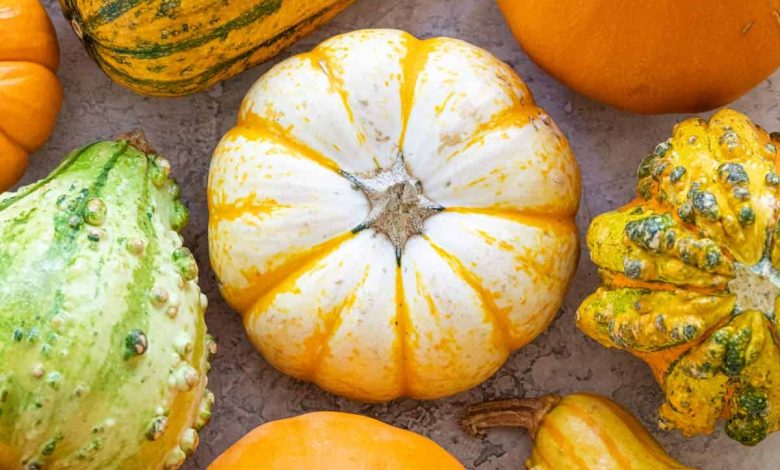
Today we will talk about the types of pumpkins or gourds. Pumpkin varieties come in very different colors, sizes, weights, and shapes. There are large pumpkins, small pumpkins, elongated pumpkins, round pumpkins, decorative pumpkins… The time they last from the harvest and the way of cooking the different edible pumpkins also vary.
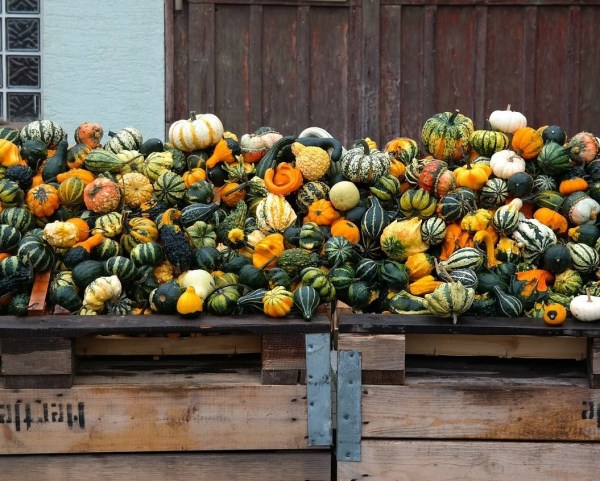
There are hundreds of kinds of pumpkins, but today we will see six very interesting types of pumpkins for the kitchen or for their original appearance.
What are the different types of pumpkins?
Not all kinds of pumpkins are the same. If you are going to grow them in the garden, when choosing the type of pumpkin you will have to consider the space you have, since the plants of some pumpkin varieties are very large and bushy, while there are others that are creeping and they will take up a lot of floor space.
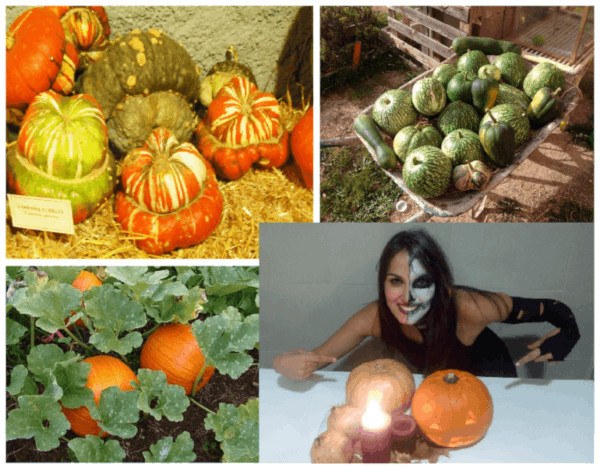
There are some squashes that are winter cucurbits, and others that are grown in the summer. They also have different uses: while there are varieties that are recommended for purees or creams, others are better in desserts, or have an ornamental and decorative use.
As an example of decorative pumpkins we have the typical Halloween pumpkins, large and orange pumpkins, which are usually of the species Cucurbita maxima and Cucurbita pepo.We have already talked in other posts about how to plant and grow pumpkins, even Sandra made this video explaining how to make the famous Halloween lanterns with pumpkins:
6 Types of Edible Pumpkins
Below we will see a selection of some of the varieties of squash or squash best known for their use in the kitchen.
1. Giant pumpkin or Cucurbita maxima
It is one of the best known pumpkin species. The typical giant pumpkins (over 50 kg in weight) are usually of this species and belong to varieties such as Atlantic Giant.
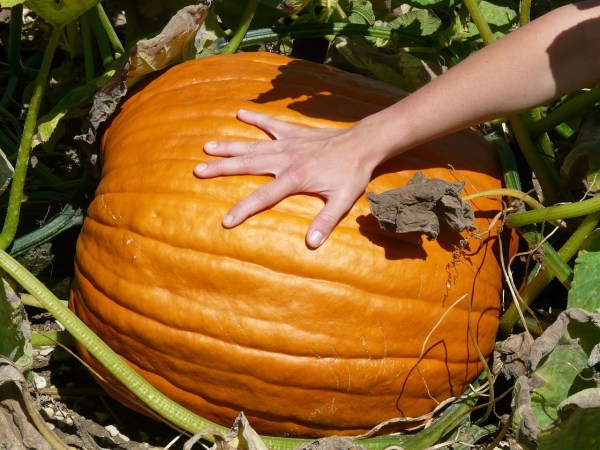
Although the varieties of Cucurbita maxima used to make decorative Halloween lanterns are round orange pumpkins (such as the Tom Fox or Big max varieties), there are varieties of other sizes and colors as well.
The Hokkaido or Potimarron squash, of Japanese origin, is the smallest variety of C. maxima and has a pear-like shape. This type of pumpkin is widely used to make creams and purées, but it is also delicious roasted in the oven due to the consistency of its pulp and its thin and smooth skin.
This type of pumpkin is the most used for cooking, and all varieties of Cucurbita maxima can be used to make pumpkin puree and also pumpkin pie, biscuits, etc.
2. Pumpkin Patisson or Bonetera
They can be cooked in various ways (fried, baked, stuffed…). It is recommended to eat them when they are small because they are more tender.
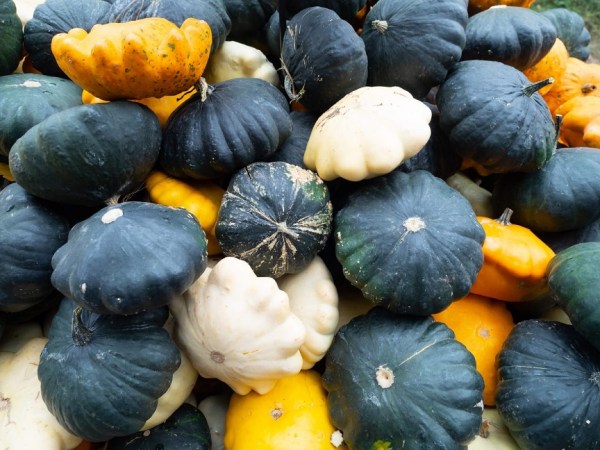
They are also widely used to decorate, due to their particular shape and variety of colors.
3. Long squashes: the spaghetti squash
A winter creeping variety, with cylindrical, yellow or orange fruit.
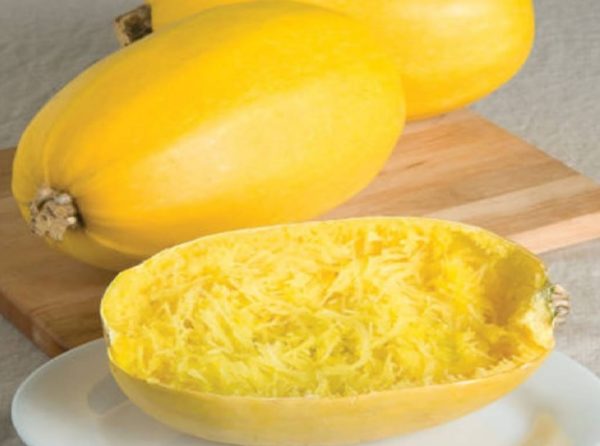
It is a very special pumpkin. When it is boiled or baked, its pulp breaks up into strands that look like spaghetti. It is delicious with cheese and aromatics and also with salt, pepper and butter.
4. Turban Pumpkins
It is a creeping variety that can be grown in both summer and winter. It has a very peculiar shape, and that is why it is widely used as a decorative element.
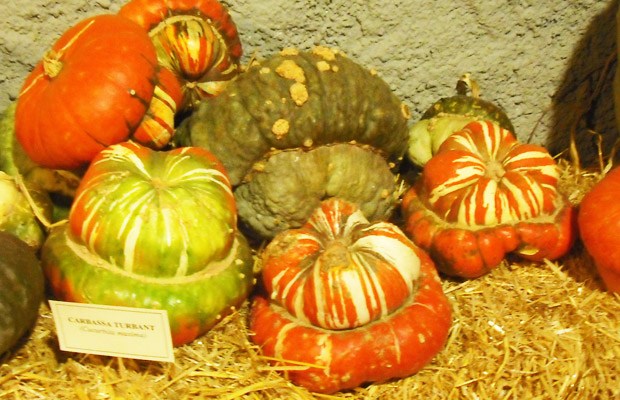
To make creams and purées it is also delicious and tasty, although its pulp is scarce and it has many empty holes inside. One idea is to serve the cream in the empty pumpkin, as a plate, a beautiful and original presentation.
5. Pumpkin Peanut or Butternut
Cucurbita moschata squash is a winter cucurbit. It is an elongated pear-shaped pumpkin with an intense orange color on the inside (the exterior can be of different colors.
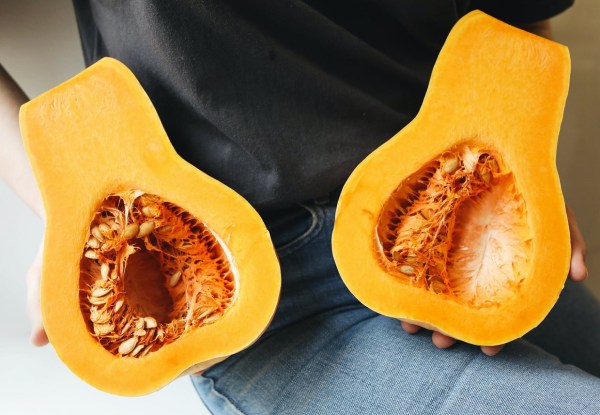
Due to its sweet and creamy pulp, it is ideal for preparing creams and sweets. If left unopened, it can be kept perfectly for months (like most winter squashes).
6. Pumpkins to make angel hair
There are several, but the most common pumpkin to make this sweet that is so widely used in confectionery is the Cucurbita ficifolia. It has many common names: alcayota, citron, confectioner’s pumpkin, cayote… -not to be confused with chayote, although they are also from the same cucurbit family, like watermelon.
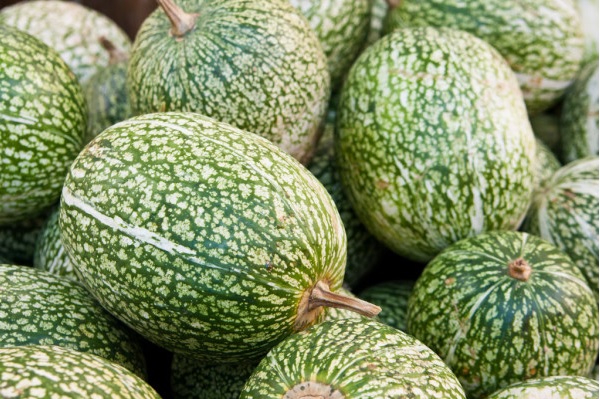
In fact, it can visually resemble a watermelon, due to its almost perfect sphericity and its green and yellowish colors, as if forming a striated drawing. Inside, the pulp is very light in color, practically white, with small pips or black seeds that are also reminiscent of those of the watermelon.
Well, I hope you liked my selection of pumpkins, although you already know that there are many more that we have not talked about. I hope you will be encouraged to grow this plant in the garden and leave us photos and reviews about the different types of pumpkins or gourds. Now is a perfect time to grow winter vegetables as are many varieties of pumpkins!!
References
- Japan Quintero, J., 1981. Cultivation of pumpkins. Divulging Sheets, nº 11-12/81. Ministry of Agriculture of Spain.
- Giner Martorell, A. & Aguilar Olivert, JM, 2017. Outdoor Horticultural Crops: Pumpkin. Cajamar Publications Caja Rural. Agriculture Series, No. 13, p. 625-665.
- Spanish Nutrition Foundation, 2018. Pumpkin. Spanish food. Nutritional characteristics of the main foods in our diet, Chap. Vegetables and Vegetables, p. 167-168.
- Drost, D. & Heflebower, R., 2019 (Translation and editing by Celina G. Wille). Summer and winter squash in the vegetable garden. USU Extension. Horticulture, July 2019. Utah State University (USA).

![Photo of Citrus Miner: [How to Identify and Fight It]](https://www.complete-gardening.com/wp-content/uploads/2022/08/citrus-miner-how-to-identify-and-fight-it-390x220.jpg)
![Photo of The Jacaranda Tree: [Characteristics, Planting, Care, Irrigation and Substrate]](https://www.complete-gardening.com/wp-content/uploads/2022/08/the-jacaranda-tree-characteristics-planting-care-irrigation-and-substrate-390x220.png)

